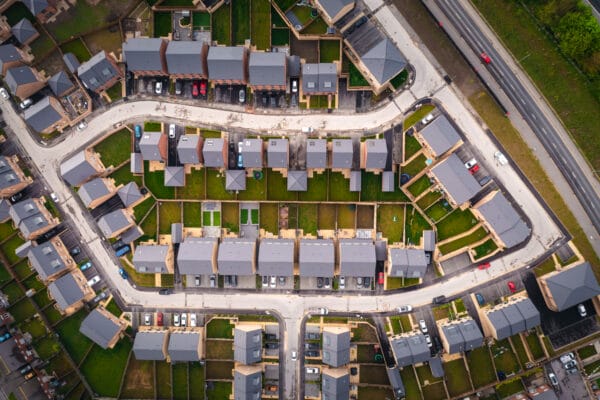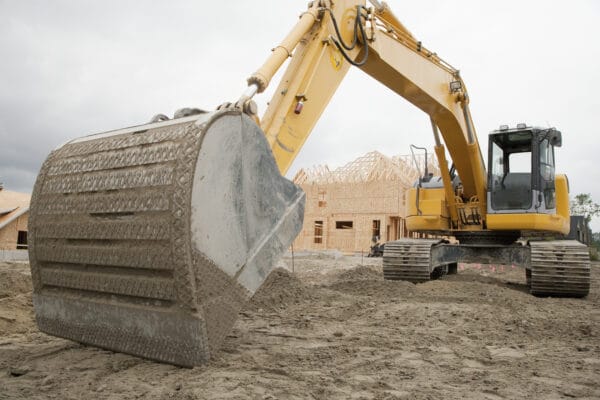By Justin Allsop, Rose Law Group Law Clerk
For many, passing the Arizona Medical Marijuana Act in 2010 was a step in the right direction, although the law was not without its detractors. Regardless, one provision of that law has been a major concern for rural counties – A.R.S. § 36.2804.02(f).
 Under this provision, patients qualified to use medical marijuana are permitted to cultivate their own marijuana where there is no registered nonprofit medical marijuana dispensary within 25 miles of the patient’s home. Generally speaking, this provision will not be an issue for our metropolitan areas as the dispensaries allocated in those areas will likely open sooner than those in the more rural areas of Arizona.
Under this provision, patients qualified to use medical marijuana are permitted to cultivate their own marijuana where there is no registered nonprofit medical marijuana dispensary within 25 miles of the patient’s home. Generally speaking, this provision will not be an issue for our metropolitan areas as the dispensaries allocated in those areas will likely open sooner than those in the more rural areas of Arizona.
Representative Karen Fann (R-Flagstaff) has stated she is concerned that in those rural areas without registered dispensaries, a group of patients could get together and start a growing co-op, growing “literally acres of marijuana.”
While it might seem a stretch to suggest such a consequence, the zoning laws in this state under A.R.S. § 11-811 have provided zoning regulation exemptions to parcels of land at least five acres in size used for general agricultural, railroad, mining, metallurgical or grazing purposes. Utilizing this general agricultural exemption, a group of medical marijuana patients (without a nearby registered dispensary) could possibly get together and begin cultivating marijuana and be completely free of any county zoning regulations, so long as their cultivation used up at least five acres of land.
That is where SB 1098 steps in. Authored by Representative Stephen Pierce (R-Prescott), the legislation has a carve-out, which stipulates cultivation of cannabis/marijuana will not be part of the general agricultural exemption. Thus, the counties’ boards of supervisors are free to make reasonable zoning restrictions as they apply to promoting the public health, safety, convenience and general welfare of their constituency.
And so it seems tour scenic drives through rural Arizona will remain dotted with cotton fields, corn fields, pine trees, cacti and the like, but not cannabis sativa or indica.







